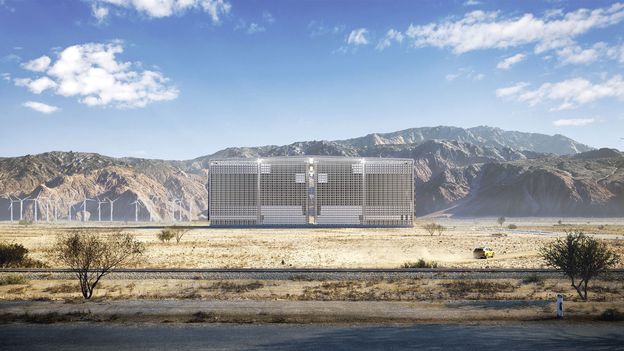This massive structure is rated for 25MW and 100MWh, no price figure that I can see, it's the pilot in China:
View attachment 191395
Ontario is currently consuming 17,828MW, 478MW of grid-tied solar is producing 18MW and our 5,000MW wind fleet is producing 1,174MW (23% capacity). So, assuming we had 25,000MW of wind, which would cost $58 billion dollars (the same as our entire nuclear fleet, inflation adjusted), it would currently be producing 5,750MW, so we'd need 12,078MW to make up the deficit (assuming no legacy nuclear and hydro, because: "Renewables"), which is 483 of the above, but that would only provide 4 hours of electricity.
Let's assume we had a ridiculous amount of solar too, ignoring the cost, it's effectively dark now at 4:30PM and we won't see meaningful solar output until 9 or 10AM, so 17 to 18 hours from now, that's (assuming flat demand, gotta charge those EV's...) 205,326-217,404MWh, or about 2,200 of these 100MWh storage units.
Sounds totally viable...



